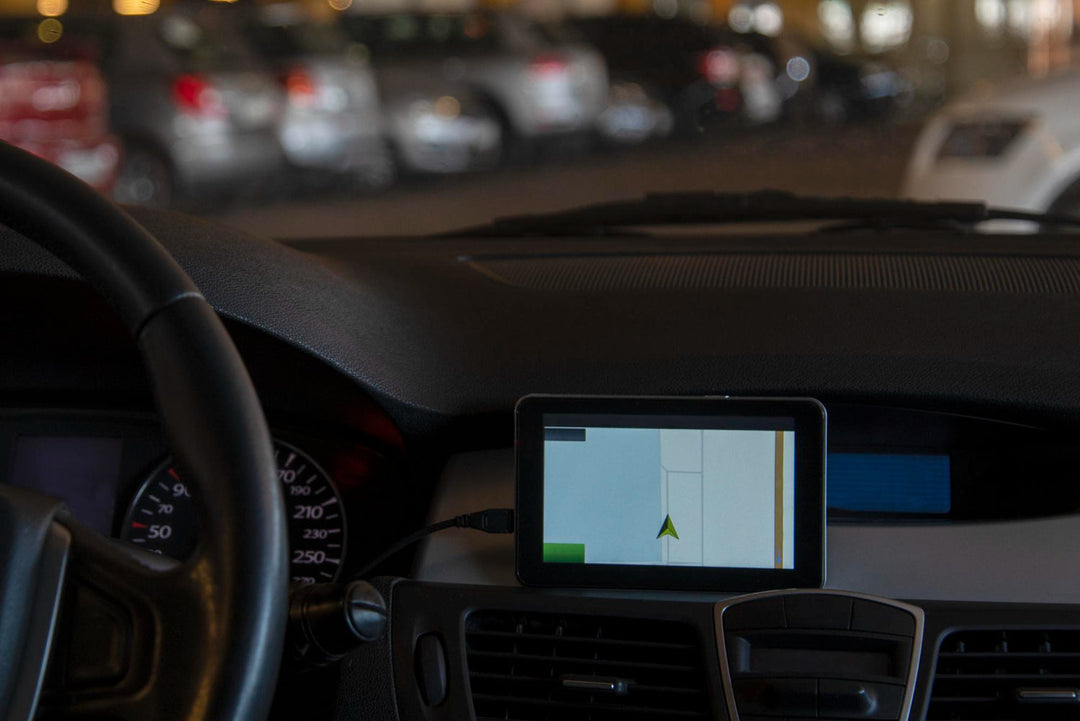Common Issues with Pet GPS Trackers and How to Fix Them

In the heart of Australia, pet owners have become quite savvy about keeping their furry companions safe. One tool that's making a splash is the Pet GPS tracker. Imagine having a virtual leash that keeps an eye on your curious cat or adventurous dog. With these handy gadgets, tracking pets' locations has never been easier, providing peace of mind to pet parents everywhere. Pet GPS trackers are especially comforting when your dog decides to chase after a kangaroo, or your cat wanders off a little too far.
But like any tech gadget, Pet GPS trackers aren't without their hiccups. You might find the tracker battery drains a bit too quickly, or maybe the signal isn't as strong as you'd expect. These common snags can frustrate anyone. However, understanding and fixing these issues is simpler than you think. Let's explore what a Pet GPS tracker is, and how you can tackle some common problems.
Understanding Pet GPS Trackers
Pet GPS trackers are nifty devices that link people with their pets through satellite technology. They operate by attaching a small unit to your pet's collar, using GPS and often a mobile network to track and send the pet's location to your smartphone. You get to see exactly where your pet is on a map, giving you comfort in knowing their whereabouts. For example, if your dog decides to escape the backyard during a thunderstorm, you can quickly pinpoint where they're hiding.
The benefits are plentiful for pet lovers in Australia. These trackers keep pets safe, offer real-time location tracking, and even help with fitness monitoring. You can spot-check your pet's activity from wherever you are and ensure they aren’t up to mischief. No more second-guessing whether your pet is in the neighbor's garden or down the street.
Common Issues with Pet GPS Trackers
Managing a Pet GPS tracker may bring a few common challenges:
- Battery Life Drains Quickly: You can't watch over your pet if the tracker dies halfway through the day.
- GPS Signal Interference: Walls, buildings, or heavy tree cover can affect the accuracy of location updates.
- Device Durability and Waterproof Concerns: For active pets, ensuring resilience against rough play and weather is key.
- Location Tracking Inaccuracy: Sometimes, the location shown might be a few meters off, especially in tricky environments.
- Compatibility with Local Networks: Different regions might face issues if the tracker isn't matched with suitable networks.
Recognizing these issues is the first step to addressing them effectively, ensuring your Pet GPS tracker performs at its best. Let’s uncover ways to fix these so your device works smoothly again.
How to Fix Common Pet GPS Tracker Issues
When a Pet GPS tracker isn't working quite right, a few straightforward solutions usually do the trick. Here are some handy tips to keep your tracker running smoothly:
- Extending Battery Life: Many pet GPS trackers need regular charging. To keep the battery going longer, turn the tracker off when your pet is with you at home. Check for any settings that may drain the battery faster, like updates or unnecessary alerts. Adjusting these can make the battery last significantly longer.
- Improving GPS Signal: If walls or dense areas are blocking the signal, try moving to a more open space to refresh the tracker's connection. Also, ensure nothing is covering the GPS unit itself, as this can cause weak or broken signals. It might help to reposition the tracker on your pet's collar for a clearer path to the satellites.
- Ensuring Durability and Waterproofing: While most trackers are built tough, adding an extra layer of protection can extend their life. Consider waterproof covers or cases, particularly if your pet loves water or rough play. Regularly inspect the device for any signs of wear and tear and address any issues promptly.
- Improving Location Accuracy: To enhance accuracy, check that the software or app used is up-to-date. Updates often include improvements for better accuracy. Sometimes, a simple restart of the tracker can recalibrate it, solving minor errors in location data.
- Compatibility with Local Networks: Make sure your GPS tracker is designed to communicate well with local network frequencies. If you find consistent connection issues, contacting customer support for network compatibility advice might ease the situation.
When to Seek Professional Help
Although many issues with Pet GPS trackers are easy to solve at home, some require a professional touch. Observing consistent problems, like a tracker that won't turn on despite being charged or constant location inaccuracies, can indicate that something more complex is at play. At this point, seeking professional advice might be your best bet.
Sometimes, technological hiccups stem from deeper technical faults that only experts can diagnose and fix. Reaching out to specialists can save time and prevent frustration from repeated attempts to solve persistent problems. Think of it as calling a mechanic for your car; sometimes, expert knowledge is just what's needed.
Ensuring Your Pet’s Safety with the Right GPS Tracker
Navigating the ins and outs of Pet GPS trackers might seem tricky at first, but with the right knowledge, you can protect and monitor your pet effectively. By addressing common tracker problems and taking steps to fix them, these devices become reliable tools for peace of mind. Ensuring their functionality helps you keep tabs on your pet’s adventures around the neighborhood, whether they're friend-climbing a tree or taking a nap in a sunny spot.
Ultimately, choosing a reliable GPS tracker tailored to your pet’s needs not only safeguards your pet but also enhances your overall peace of mind. With the right choices, you'll maintain that essential connection with your pet, knowing they're safe and sound no matter where they roam.
To ensure your pet stays safe on all their adventures, check out Elite GPS's selection of reliable and effective trackers. Discover how a well-chosen pet GPS in Australia can enhance your peace of mind, making sure your pet is always just a glance away.





Leave a comment